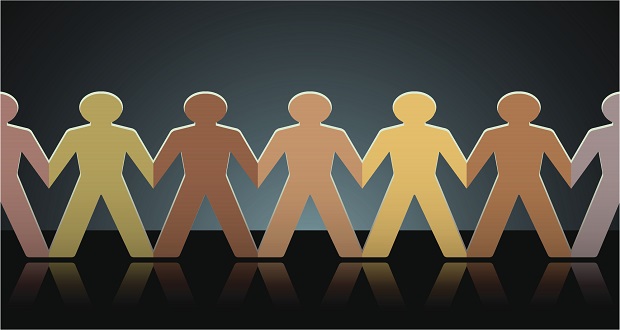
Since 2020, we have seen a rise in diversity, equity, and inclusion (DEI) programs, including bias trainings wherein organizations aim to address the stereotypes or attitudes individuals hold toward specific groups as a way of fulfilling their commitment to racial justice. However, a misconception of DEI in organizations is that employees can participate in a few bias trainings and they’re “one-and-done.”
Despite the influx of DEI programs and awareness of the benefits of diversity, individuals continue to experience injustices and identity-based discrimination in the workplace — and even a call to ban DEI programs and initiatives. Getting to a place where there is parity in opportunities, outcomes, and belonging in a capitalist, patriarchal, and hegemonic society requires more than recognizing individual biases in a three-hour workshop. This work requires examining racial inequities, implementing a plan to address and correct those issues, and then holding individuals and organizations accountable. This means moving beyond simply looking at biases to examining systems.
When an individual becomes aware of their biases (impact on an individual level) and oppression (impact on a systems level), they may experience cognitive dissonance, which illuminates that what they think or know to be true does not align with reality. Cognitive dissonance can trigger feelings of conviction or defensiveness. Individuals responding from a place of conviction may feel led to inquire more about how their biases are showing up and relevant interventions. They may feel led towards change, advocacy, allyship, and ultimately, transformation. Individuals reacting with defensiveness may receive what they’ve heard as a personal attack and respond with shame, anger, guilt, shutting down, and then doubling down. They become more resolute in their biases, sometimes furthering racial insensitivity, hostility, and injustice for BIPOC folx.
This is why limiting the work of diversity, equity, and inclusion to bias training is not a sufficient strategy. Solely focusing on personal attitudes and beliefs doesn’t account for the historical, political, and practical ways some communities are marginalized and oppressed.
To facilitate meaningful change, here are seven strategies to help your organization move beyond bias trainings:
- Facilitate ongoing conversations about how bias shows up in policies, practices, and then organizational culture. Discuss the inequities you see and develop strategies for identifying those of which you don’t yet see (particularly using an intersectional lens). Provide opportunities to hear from individuals situated in different areas and levels of your organization, particularly those who are minoritized, to discover more about how they experience marginalization therein.
- Provide support for BIPOC folx in your organization. Utilize organizational resources and/or partnerships to provide access to mental health and wellness tools, affinity spaces or employee resource groups, and professional development.
- Amplify voices of BIPOC by allowing them opportunities to lead and be centered.
- Offer ongoing professional development that includes embedded principles of racial justice. Getting to justice is a long, iterative, and transformative process that requires continuous unlearning and learning.
- Assess! Develop an evaluation process wherein there are defined metrics and tools for racial justice at work. Be proactive — consider contracting a firm who specializes in this deep, transformational work (hint: The Winters Group!) to conduct an audit and make recommendations that your organization will actually employ.
- Implement a accountability process wherein all organizational actors can give an account and take responsibility for their actions with psychological safety intact.
- Recognize that this work takes time. No culture has been created overnight and cannot be shifted with one training. Organizations must be fully invested in the fight for racial justice and committed to the time and additional resources required to move the needle.


















